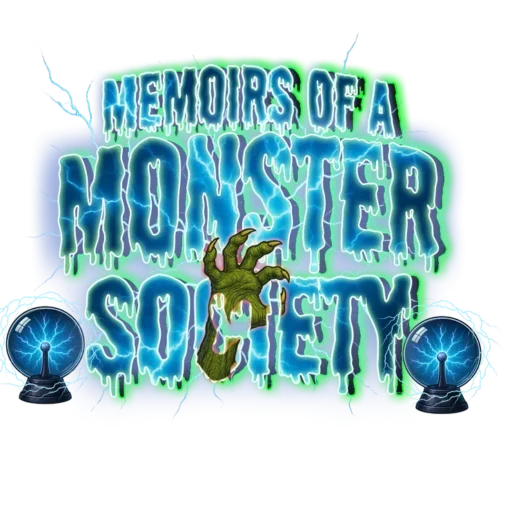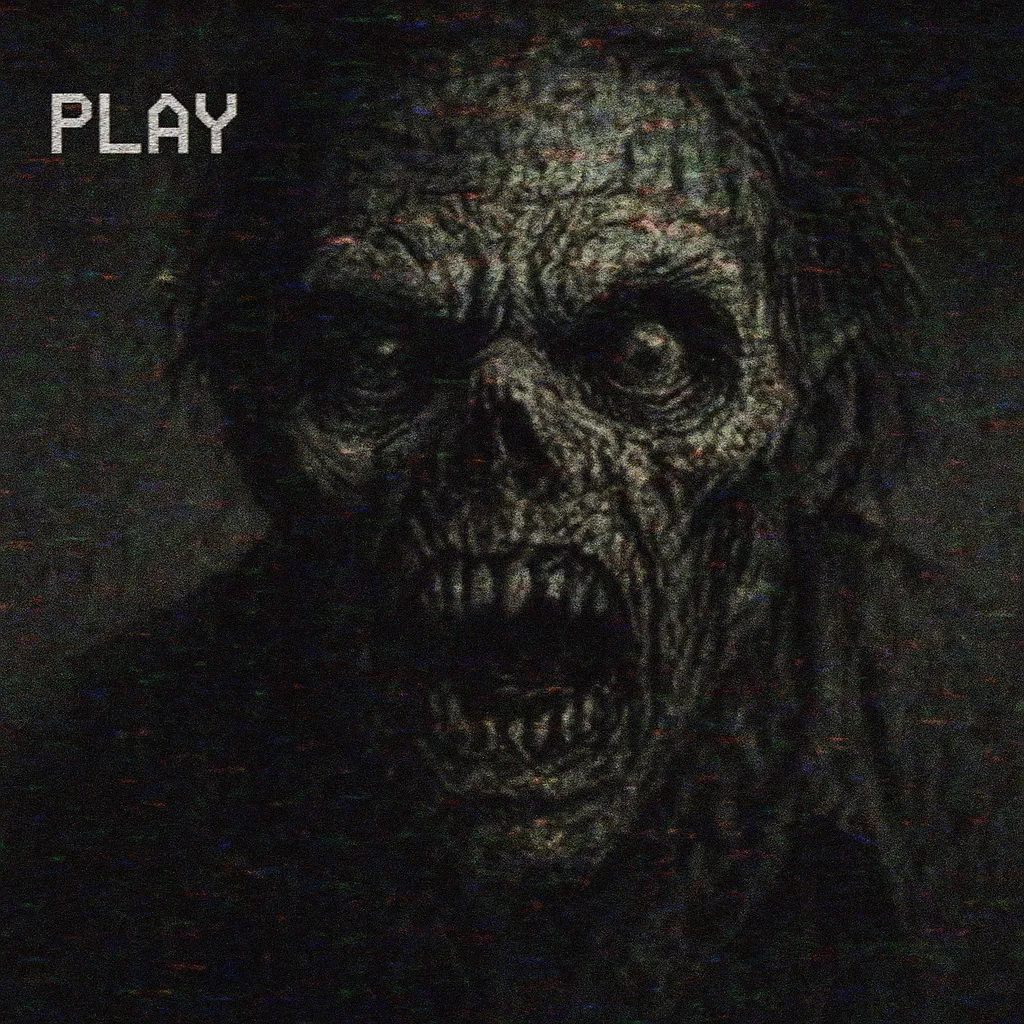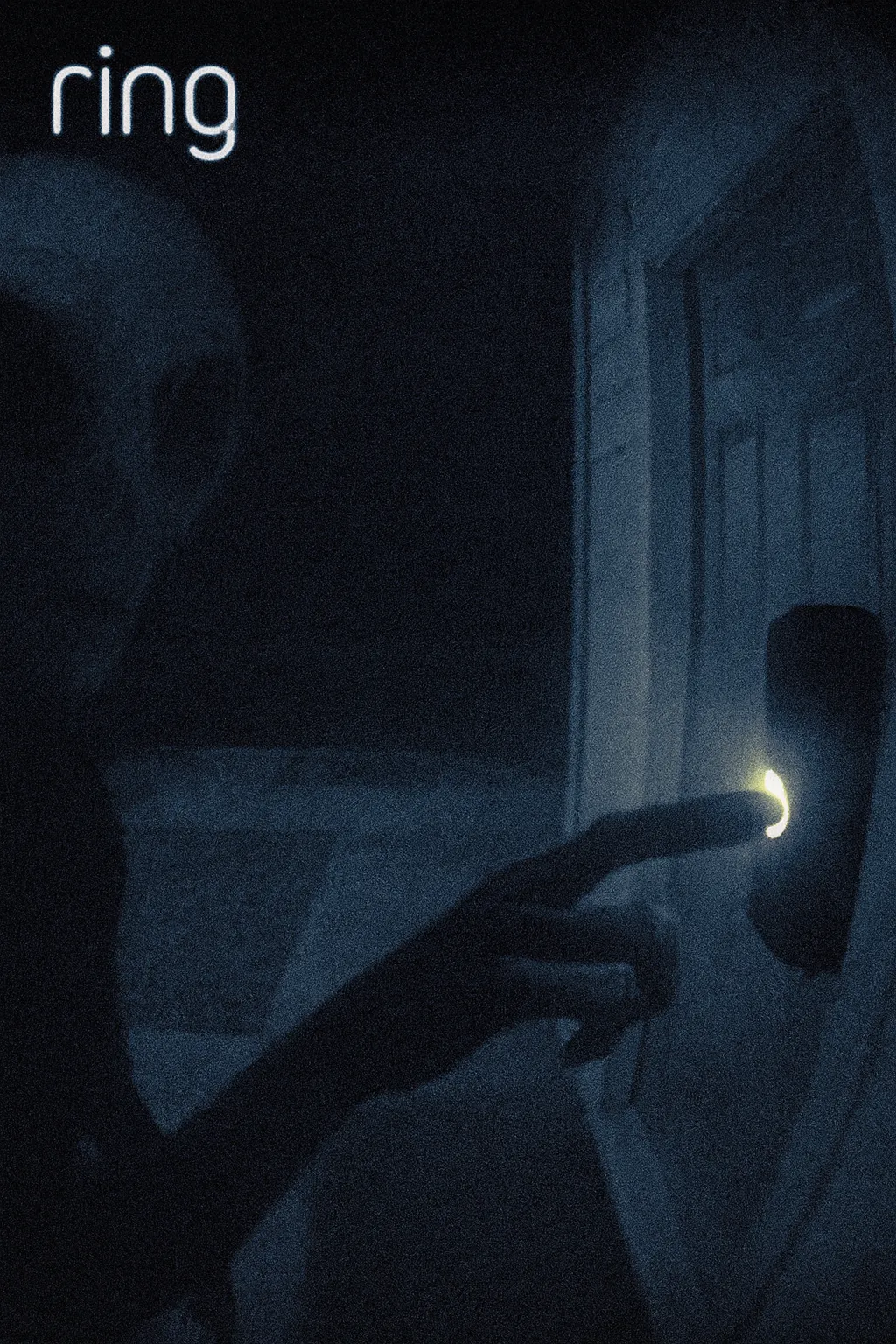Your Attractive Heading
In the spring of 2012, an unspeakable event occurred in Miami that would become known as the Florida zombie attack 2012. A man named Rudy Eugene brutally attacked homeless veteran Ronald Poppo on the MacArthur Causeway, chewing away more than 75% of the man’s face over nearly eighteen agonizing minutes. The entire ordeal was captured on security video and quickly went viral, sparking global panic and endless speculation.
The Incident
On May 26, Rudy Eugene, 31, apparently under the influence of a strange new synthetic drug often referred to as bath salts, began stripping naked and wandering across the MacArthur Causeway. Cameras show him approaching Poppo and launching into a violent assault that included tearing off flesh and gouging facial features. Police arrived, ordered Eugene to stop—and were met with a growl. Before being subdued, it took four gunshots to end the episode.
According to the medical examiner and surveillance footage, Poppo, 65, lost his nose, part of his left eye, several facial features, and was left critically wounded. Remarkably, doctors later reported that he survived and endured multiple reconstructive surgeries.
Bath Salts, Zombies, or Mental Illness?
Media outlets quick‑draw pegged the attack as another “zombie incident,” linking the violence to bath salts. However, toxicology results later revealed only marijuana in Eugene’s system, and no detectable bath salts components.
Despite the lack of confirmed drug use, the attack tapped into a broader cultural fear. People reported zombie attacks Florida 2012 across social media circles in speculative posts linking Eugene’s rampage to an emerging drug‑fueled apocalyptic phenomenon. Experts called it urban myth blurring real crime with horror folklore.
Why the Story Went Viral
Within hours, headlines across America labeled the event “Miami Zombie Attack” or “Causeway Cannibal.” Web commentary hustled images and dramatic re‑edits of the surveillance footage, as public anxiety grew. One tabloid even coined Eugene the “Miami Zombie,” framing the event in horror entertainment terms rather than somber reality.
Anthropologists note that zombies symbolize our fears—of losing control, of bioterror, of societal breakdown. In a climate still haunted by financial crisis and social anxiety, Eugene’s deed became a living metaphor for decay and violence without conscience.
The Aftermath & Ongoing Resonance
Rudy Eugene did not survive the encounter. Authorities killed him at the scene. Ronald Poppo survived but was left with dramatic injuries—blind in one eye, facial disfigurement, and the trauma of reconstruction surgery. Yet doctors described him as resilient and upbeat during recovery.
In 2024, a new film titled Know Me explored Eugene’s Haitian background, his family’s faith, and how the media strip‑mined his story into spectacle. The film seeks to humanize him as more than a monster and restore dignity to cultural misconceptions of Haitian reality tied to voodoo and zombie mythology.
Related “Zombie Attack” Cases
The incident led to broader fear around other violent assaults. Days after the Miami attack, in Manatee County, FL, Charles Baker allegedly bit a man’s arm in a similar “zombie‑style” assault. He was Tasered and arrested. Authorities noted a pattern of bizarre flesh‑biting episodes among users of unknown synthetic drugs.
Even beyond Florida, cases from Maryland (a college student accused of murdering and eating his victim’s heart), New Jersey (man ripping out his intestines), and elsewhere fueled a spike in “zombie rumors”—all wrapped in cultural dread of what the body can become when corrupted.
SEO Keywords Embedded Naturally
- Florida zombie attack 2012
- Miami cannibal attack bath salts
- Miami face eating incident 2012
- Rudy Eugene Poppo story
- zombie attacks Florida 2012
Examples in context:
- “The Florida zombie attack 2012 remains one of the most horrifying urban news stories in state history.”
- “Investigators initially labeled it a Miami cannibal attack bath salts scenario…”
- “As part of the Miami face eating incident 2012, it inspired panic, memes, and outrage.”
What It Means Today
Why does this story still haunt us over a decade later? Because it illustrates the power of myth merging with tragedy. While the mythic “zombie” frightened the masses, the real event was rooted in mental breakdown, social isolation, homelessness, and failed public policy. It underscores how sensationalism can mask humanity under savage labels.
As a comic or horror writer, this case provides fertile ground for storytelling. You could transform the Miami Zombie into a tragedy‑driven supernatural tale, or use Poppo’s survival as the emotional core against fear‑driven media spin.
Watch the Incident’s Legacy
These videos explore the 2012 zombie panic, interviews, and the media explosion:


